(NLDO) - The traditional Tet cakes of my hometown are now made in large quantities and sold to tourists. Everyone who eats them praises their beauty and deliciousness because of the heart and love of the maker.
Every time Tet is approaching, no matter how busy I am, I always spend a whole day going to the ancient village of Loc Yen. It is a National Monument in village 4, Tien Canh commune, Tien Phuoc district, Quang Nam province; a place that not only has many stone alleys and ancient houses that are breathtakingly beautiful, but also has delicious cakes and sticky rice dishes, passed down from generations with elaborate preparation methods that are not available everywhere.
Coming here to admire the scenery, eat gingerbread and cassava cakes; buy banh to and xoi vang; from my memory, many familiar and warm images of my beloved hometown Tien Phuoc, where I have been attached to for more than half of my life, come back.
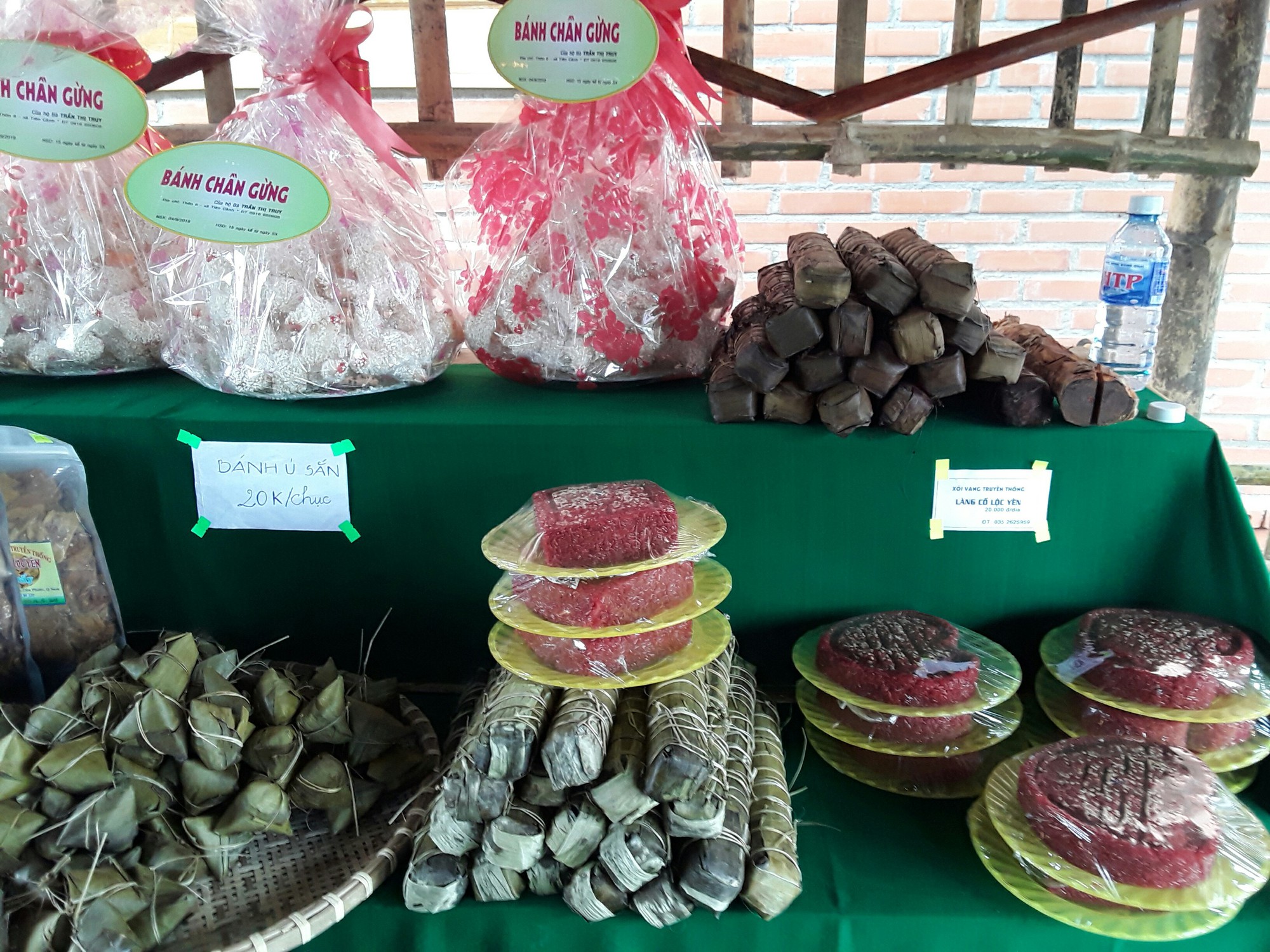
Tet cakes in Loc Yen ancient village
Gingerbread
Around December 24-25, my mother said: "Go to the stream to collect some pebbles to make cakes." As soon as I heard that, I grabbed my rattan basket and bamboo basket and went because I knew my mother was preparing to make ginger-boiled cakes. When I got to the stream, I picked up many large pebbles of different shapes and brought them to the shallow water, scrubbed them, and washed them thoroughly. When I brought the pebbles back, I left them in the sun to dry.
To make gingerbread, my mother chose delicious sticky rice, washed it clean, and soaked it in water for about 7 hours until soft. The water used to soak the sticky rice was mixed with crushed fresh ginger juice, filtered. The sticky rice was ground into flour, the ground flour was wrapped in a fine cloth, and a heavy stone was used to blanch the flour overnight to squeeze out all the water.
Next, the dough was kneaded by boiling a few fist-sized handfuls of dough in boiling water until the dough clumps had just shrunk; scooped out the dough, broke it, added enough honey or sugar to sweeten it; mixed the boiled dough with the remaining raw sticky rice flour and pounded it in a large stone mortar. I held the pestle carved from mother-of-pearl to pound the dough with both hands, my mother pushed the dough up into the middle of the mortar. When my back was soaked with sweat, the dough had thickened, and I pulled the pestle up heavily.
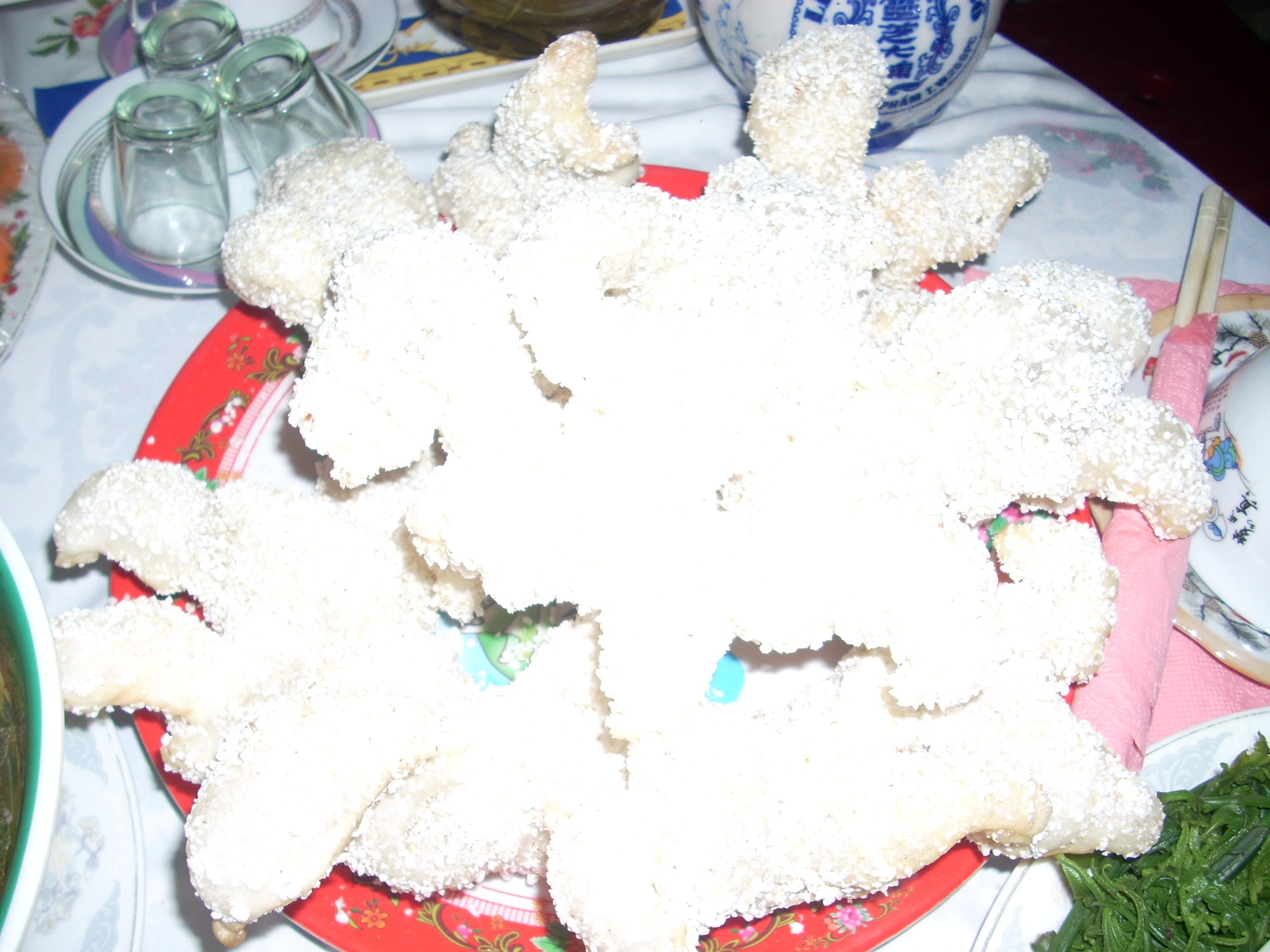
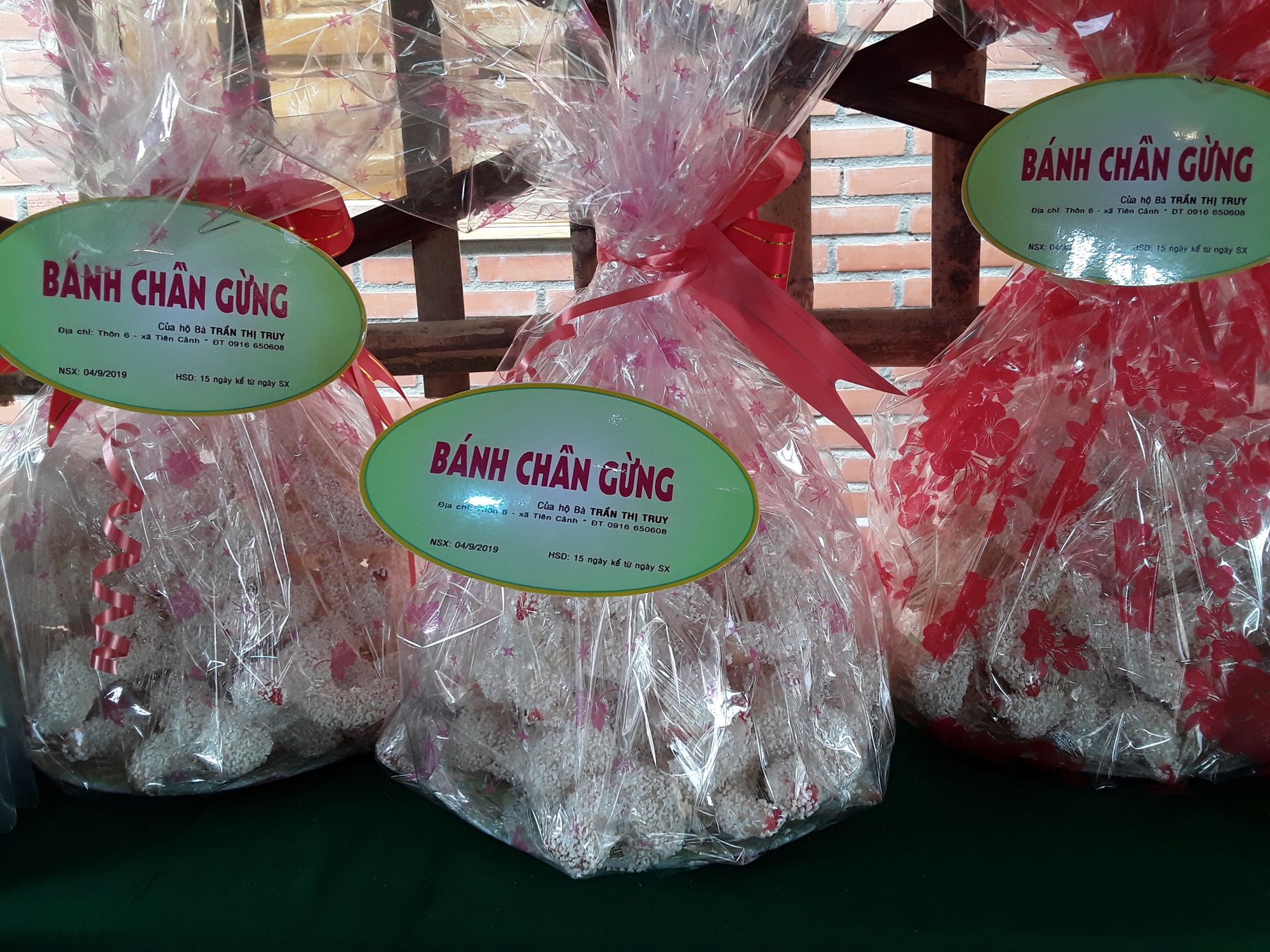
My mother rolled the dough into thick pieces, sprinkled some dry flour while rolling to prevent sticking, then cut into pieces larger than the index finger and dried them in the sun. When the dough pieces were dry, my mother soaked them in thinly sliced fresh ginger for a day to make the dough more fragrant with ginger.
The baking process was also very elaborate. My mother put two pots on the wood stove, skillfully placed the pebbles so that there were many gaps, then heated them. When the pebbles were hot, she picked up the dough that had just been fermented and placed them in the gaps between the pebbles in the pot, covered the pot to steam dry. Each piece of dough, when meeting the hot pebbles, swelled up along the gaps between the pebbles like ginger pieces of different shapes. Dipping the freshly baked ginger cake into the pre-cooked sugar water with ginger juice, my mother immediately took it out, I sat next to it and sprinkled popcorn (roasted sticky rice) on the outside, smeared a little pink dye on the pointed tips of the cakes like young pimples on fresh ginger. The result was very beautiful ginger cakes, both spongy and fatty, sweet and spicy, fragrant.
Many cakes were finished, my mother lined the tray with dried areca leaves, arranged the cakes, and stored them in a rice basket for many days, still crispy. When Tet came, it was really beautiful to serve ginger cakes on a plate to worship and entertain guests. Before enjoying the gingerbread cake, we children back then often looked at it for a bit before eating. After many years, I still remember the cake with its sweet, rustic taste of sticky rice and honey; with the meaning and affection of "spicy ginger, salty salt"; with the warmth of fire, with family affection, and loving neighbors.
Cassava sticky rice cake, "B.52" cake
On the occasion of Tet, when I returned to Tien Phuoc to visit the old battlefield and the people in the resistance base area, the uncles and aunts who fought in my hometown asked me: "Does our hometown still make cassava cakes and "B.52" cakes?". I answered: "Yes, we do."
Then there were touching stories told about the Tet holidays during the war, when we only wanted to see banh ú, banh tet, even though the cakes were wrapped in "sàn rao" (cassava grown sporadically so that the enemy would not detect the attack), with rare bananas in the lands where toxic chemicals and bombs kept rubbing and rubbing. As for me and many of my classmates, on Tet, even though there were many "delicacies", we still missed banh ú cassava, banh "B.52" so every year I made them myself or tried to buy them.
It was only a few years after the country was unified that I was able to eat gingerbread, banh to, and banh tet during Tet, when my family had cleared many fallow fields to plant rice and sticky rice. My homeland had just gone through a fierce war, so rice and sticky rice were the dream of many families during Tet, so in the early years, banh ú and banh tet were wrapped in cassava.
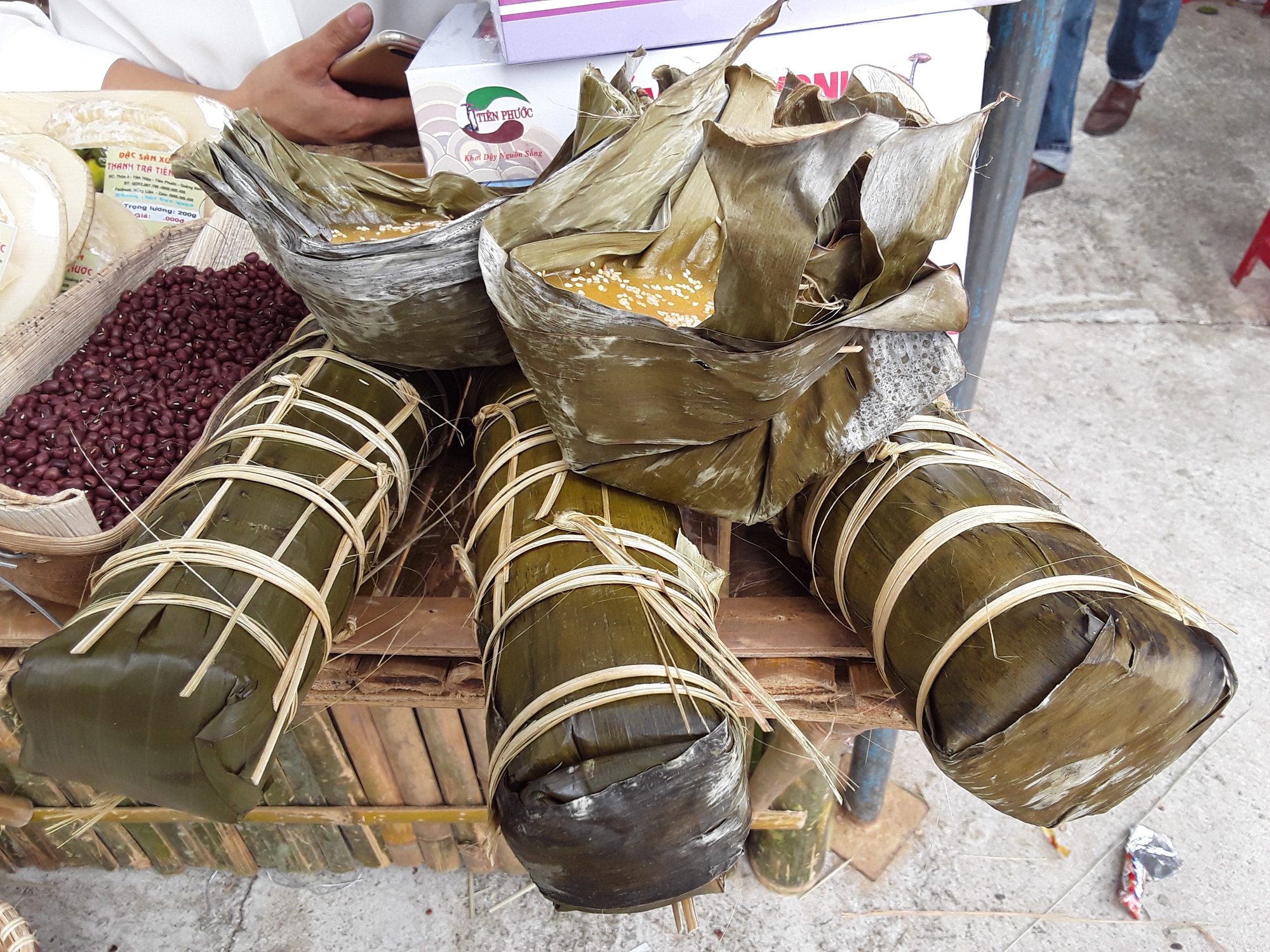
Cake and "B.52" cake
In the late afternoon of December, my father went to pull cassava and brought it back. My mother peeled it, washed it, removed the core, and then ground the cassava into powder. The grinding table was a piece of aluminum that my father cut from an American light bulb, and used a nail to punch many small holes; the cassava was ground on the rough side of the grinding table. The ground cassava powder, mixed with dried cassava powder and some steamed black beans as filling, my mother was able to wrap several dozen banh u.
The whole family stayed up all night pounding flour to make "B.52" cakes. The cakes were made from boiled cassava, pounded in a stone mortar with ripe bananas, wrapped in banana leaves, tied tightly with bamboo strips like banh tet, and cooked again. When the cakes were peeled off, they were very soft and delicious.
"B.52" cake is a dish that during the war, people in my hometown made food to bring with them when they went deep into the forest to avoid the coordinates of the American B.52 bombers. It was wrapped long and big enough for many people to eat, so it was humorously called "B.52" cake. During Tet during the war, people wrapped cassava cakes and "B.52" cakes to give to soldiers and guerrillas.
The simple cakes of Tet are not just a memory. On the last day of the year, I walked through the market of Tien Ky town, met an old man carrying a basket of cassava cakes for sale, bought a bunch that was still hot; he smiled toothlessly, telling stories of the past...
Visiting the ancient village of Loc Yen, returning to my hometown of Tien Son commune, admiring the gingerbread; along with banh to, banh no, banh in, xoi vang, xoi gac, warm, loving memories flooded back, I suddenly felt spring was unusually warm.
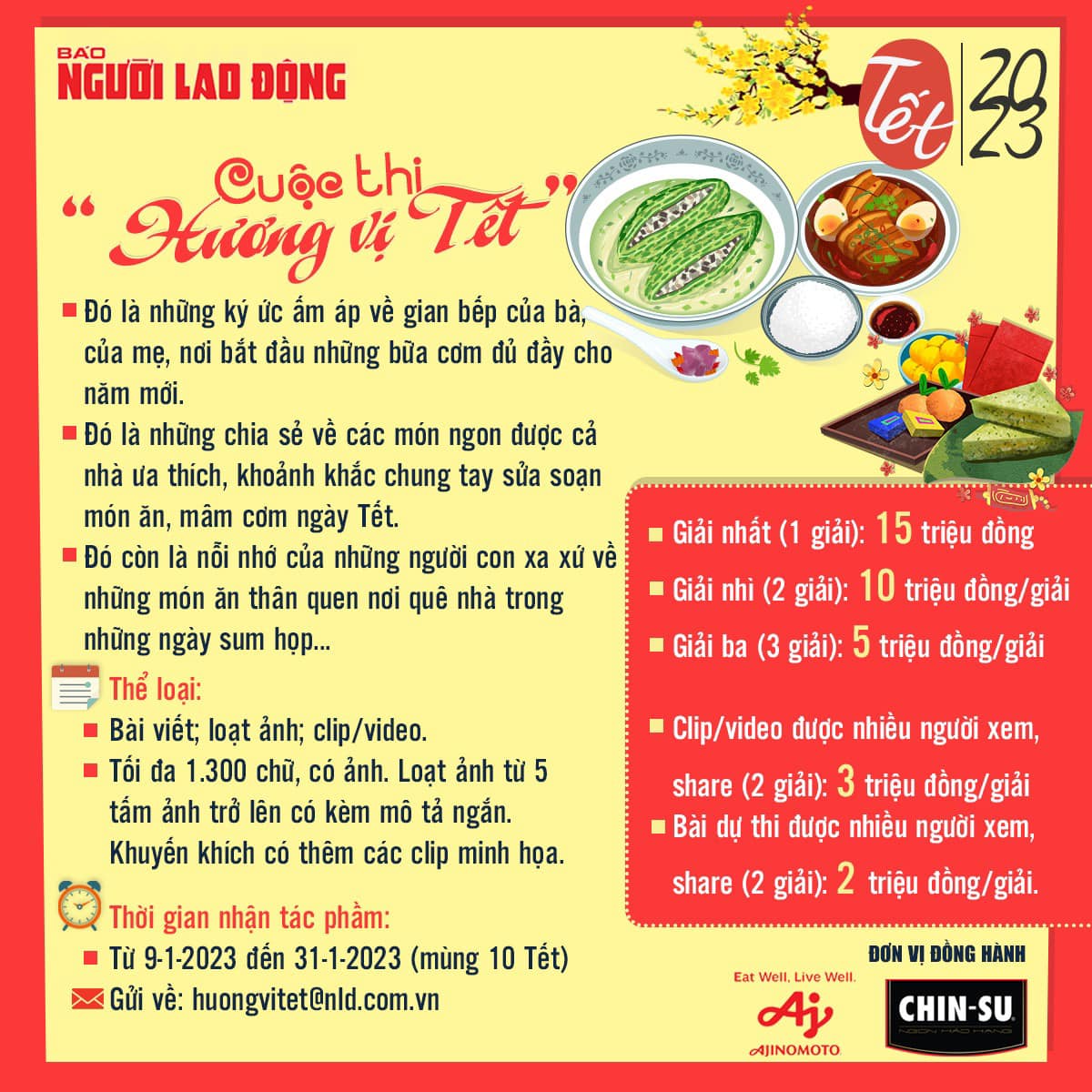
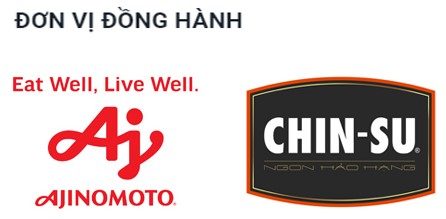
Source





![[Photo] The ceremonial artillery is ready to "fire" for the second parade rehearsal at My Dinh National Stadium.](https://vstatic.vietnam.vn/vietnam/resource/IMAGE/2025/8/24/883ec3bbdf6d4fba83aee5c950955c7c)
![[Photo] Impressive image of 31 planes taking flight in the sky of Hanoi during their first joint training](https://vstatic.vietnam.vn/vietnam/resource/IMAGE/2025/8/24/2f52b7105aa4469e9bdad9c60008c2a0)


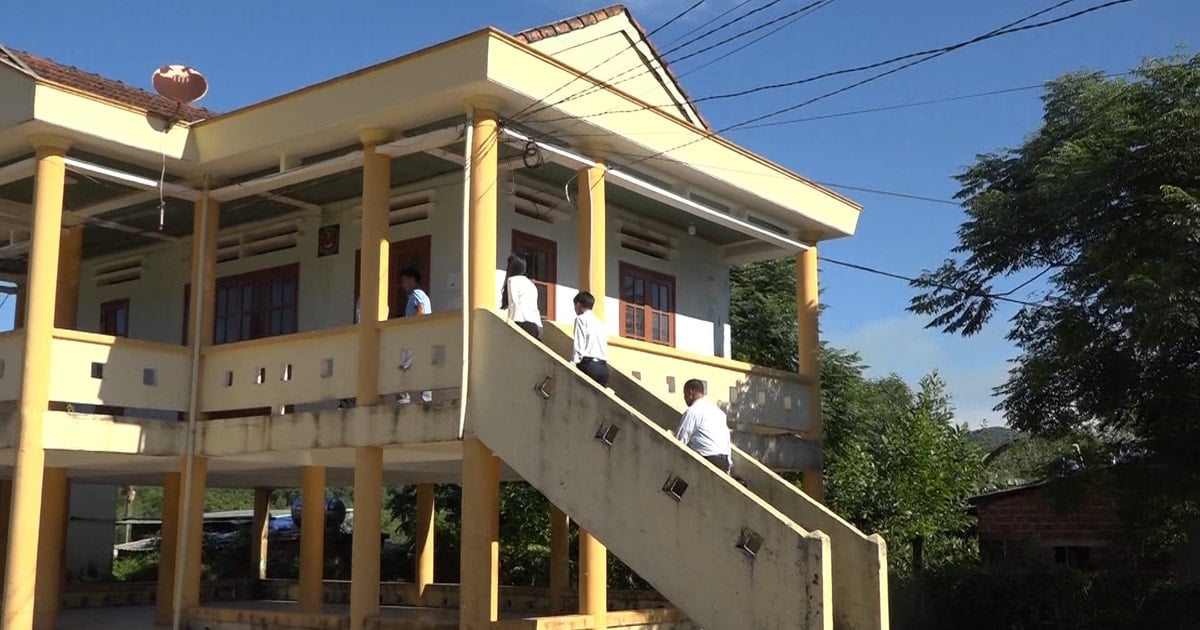




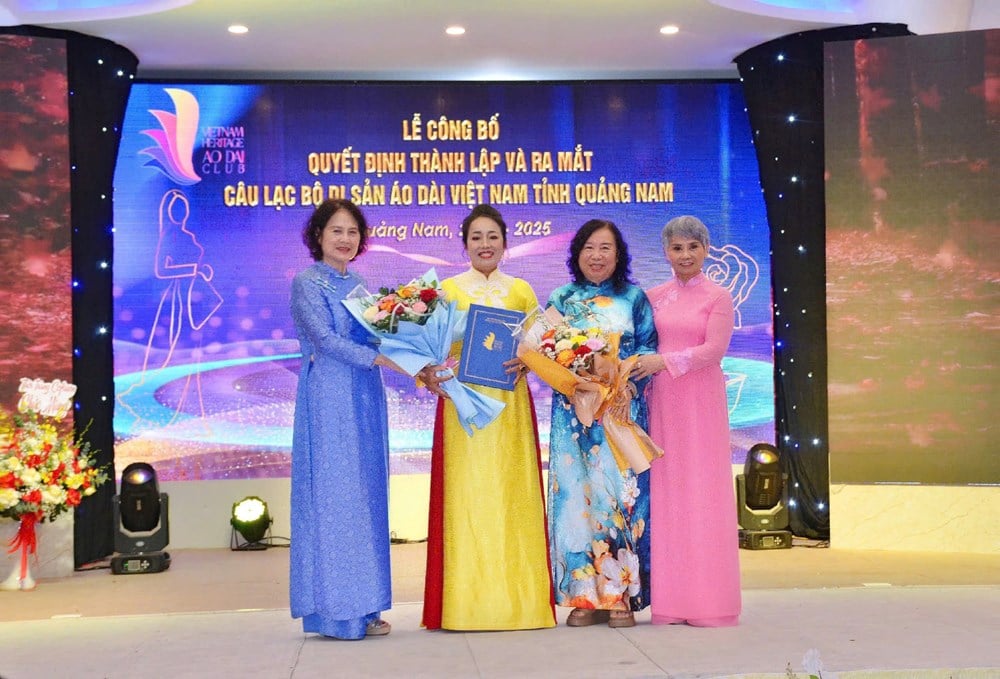

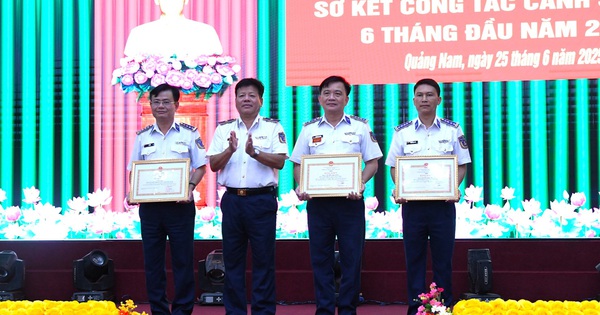
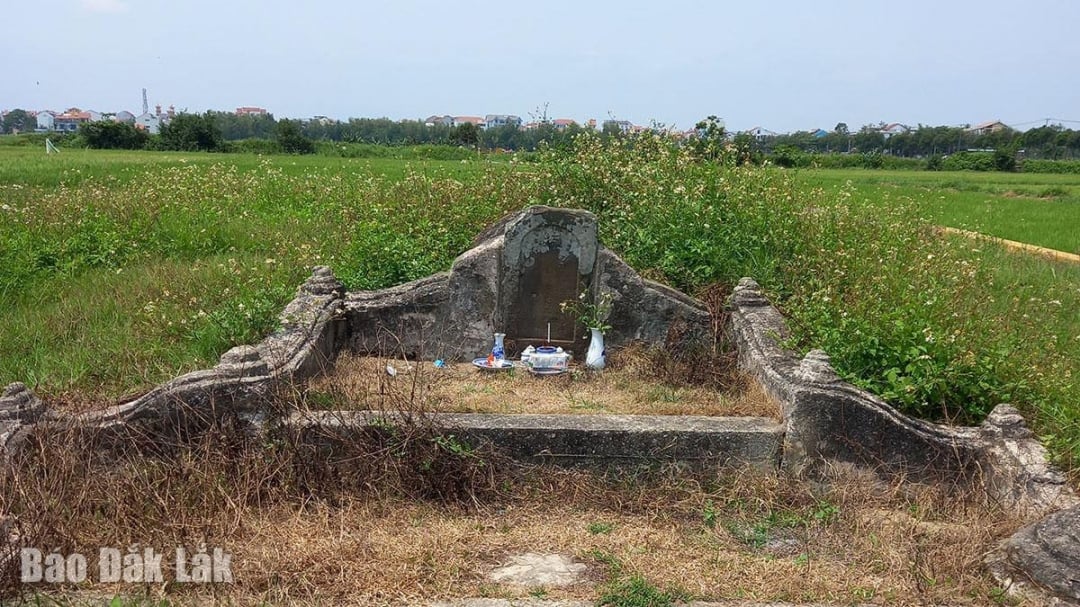

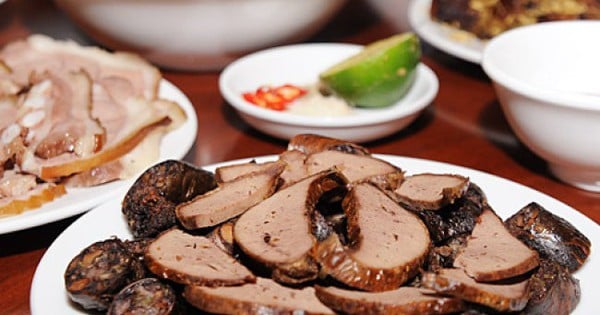



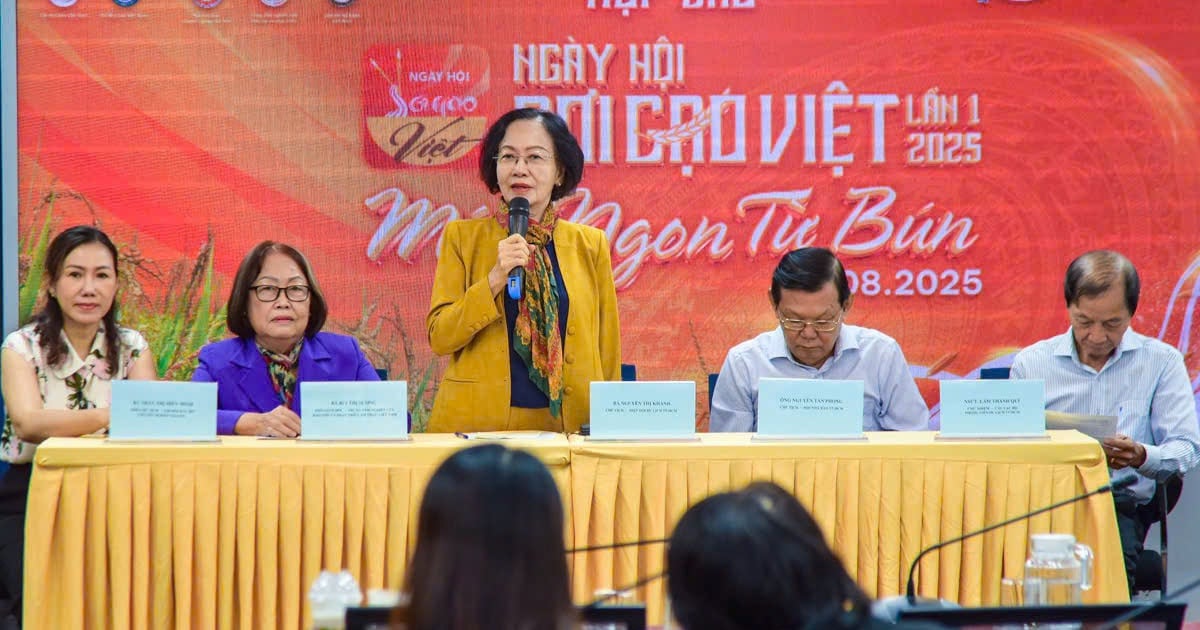

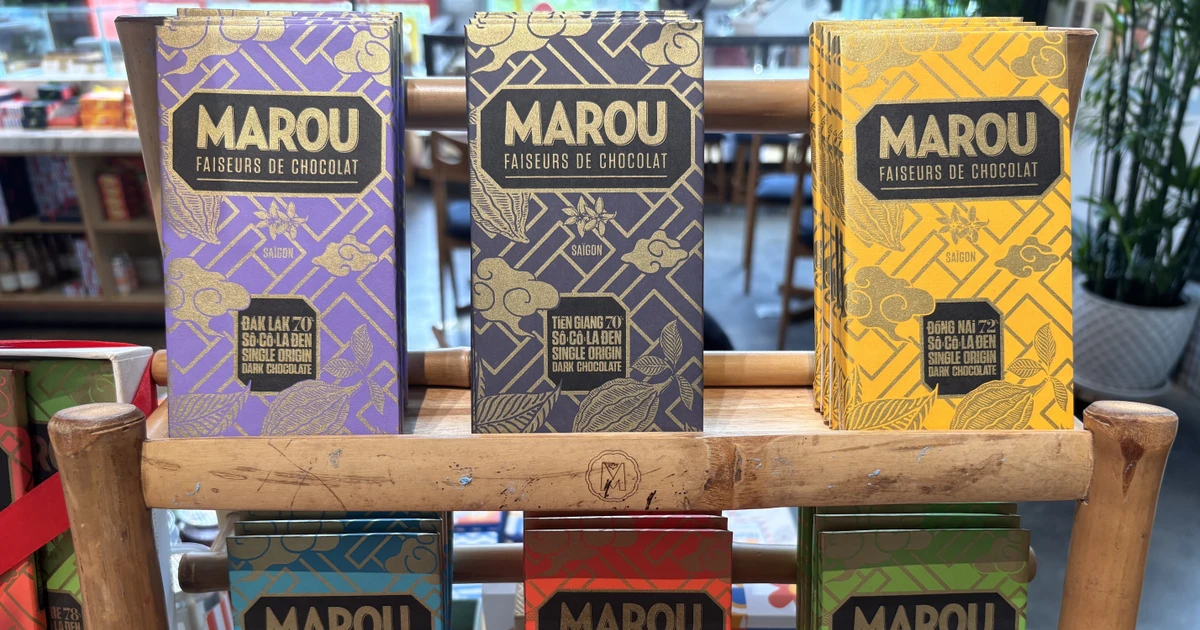
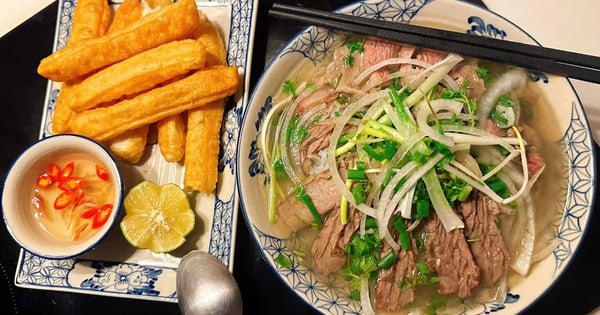



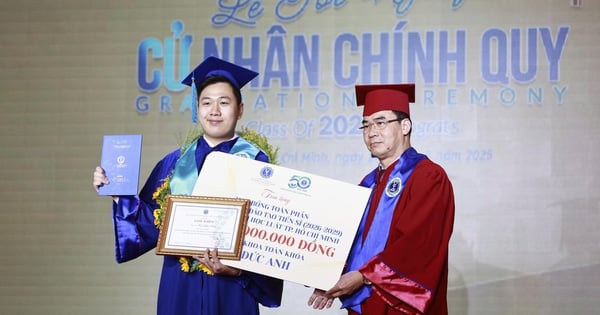






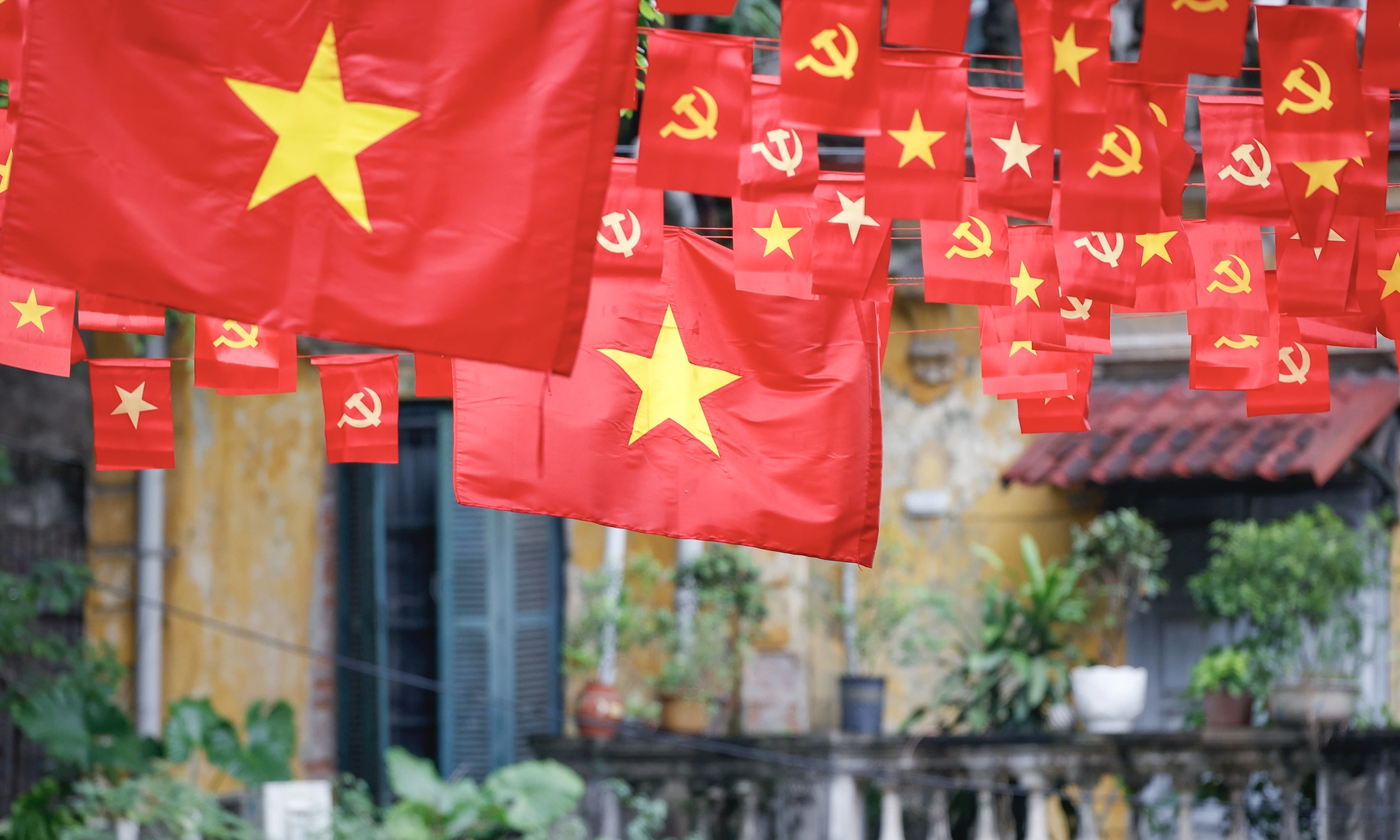





























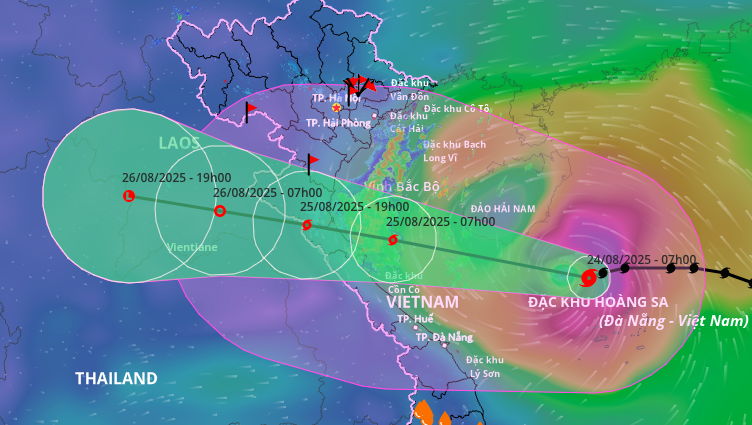

















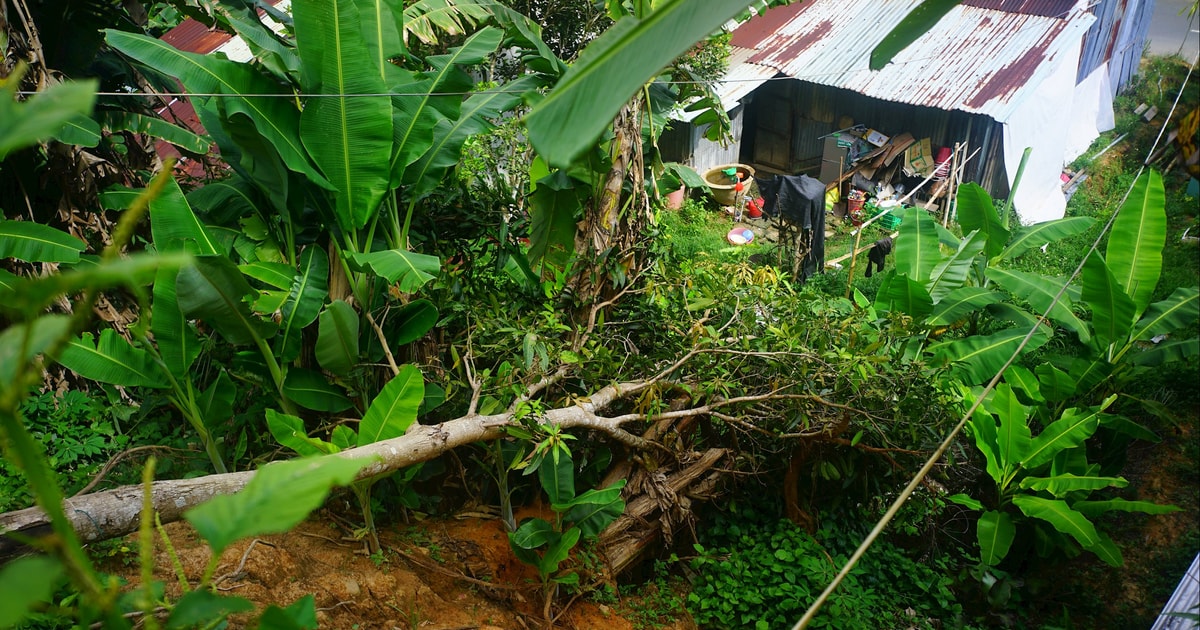


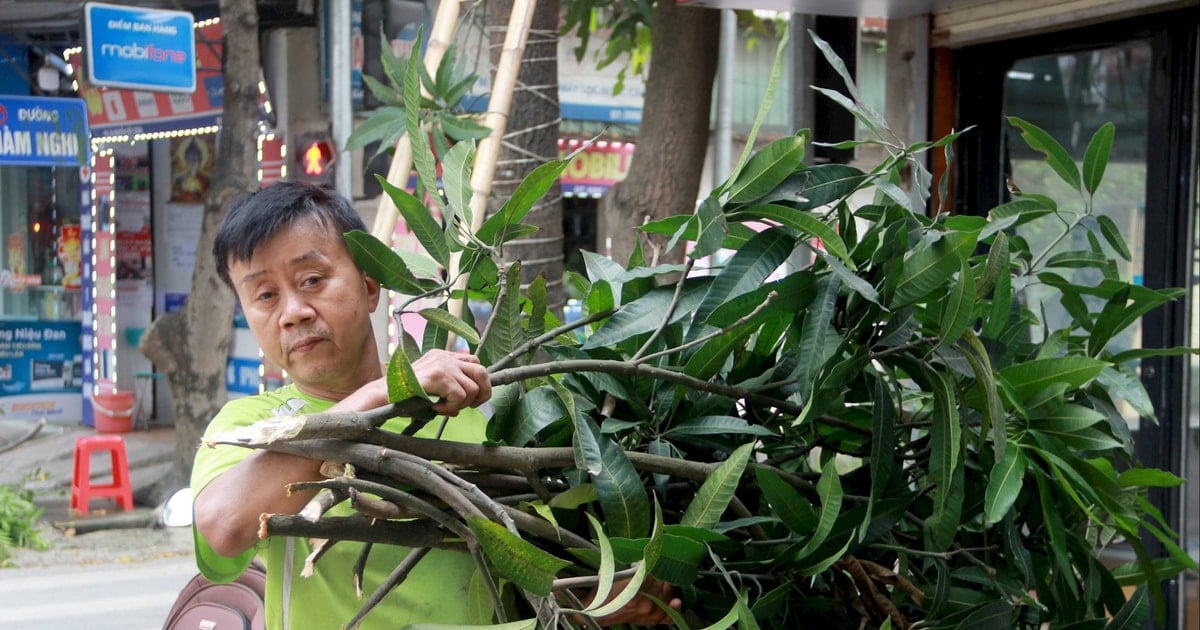



















Comment (0)